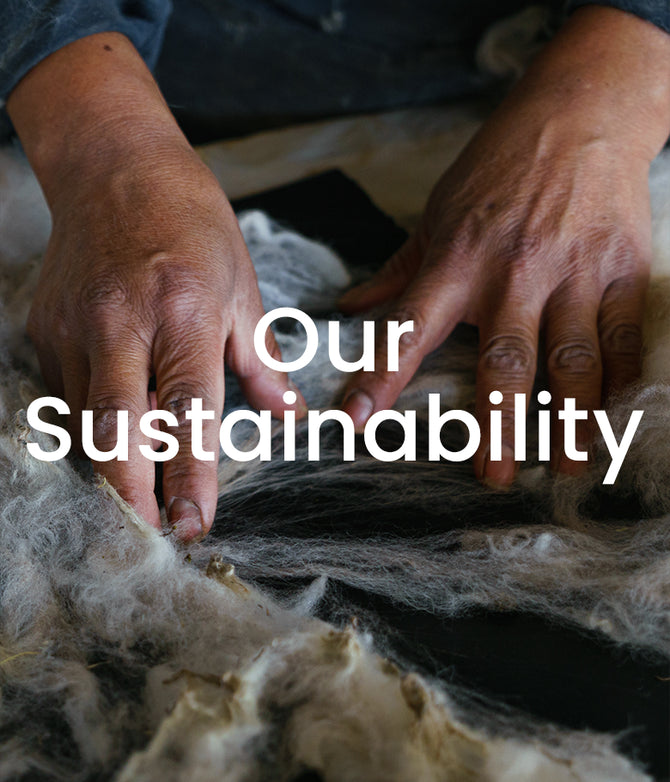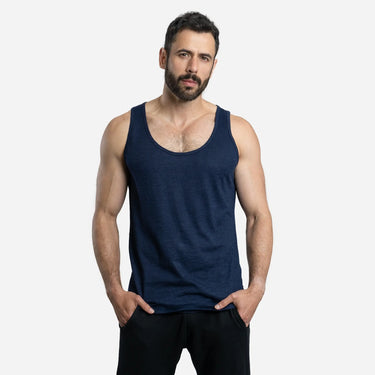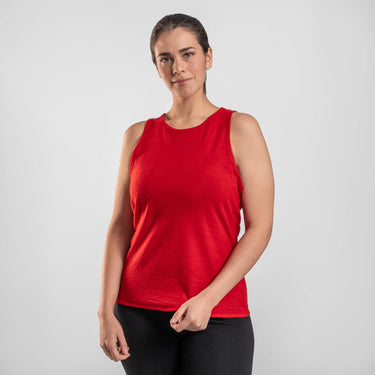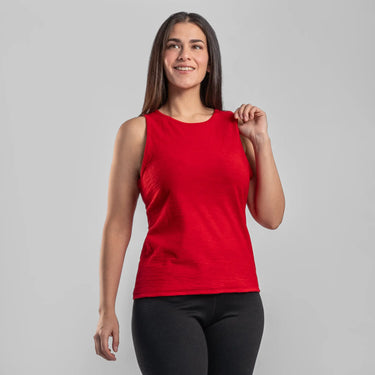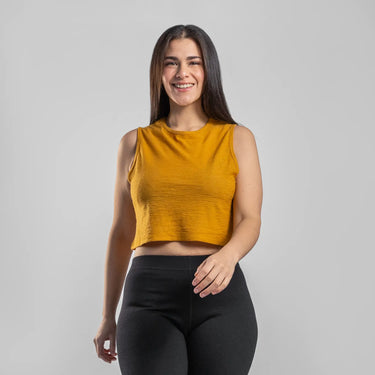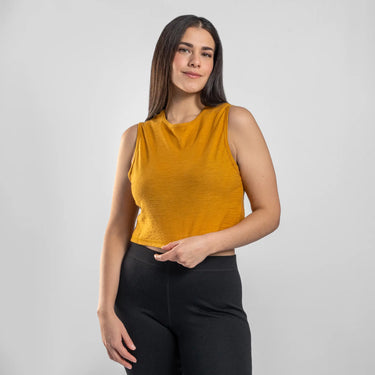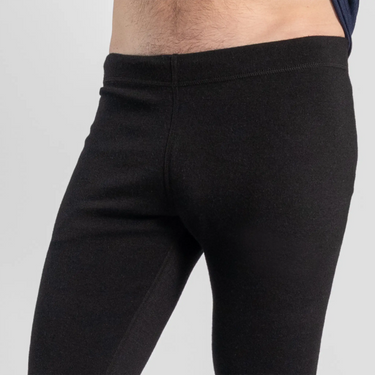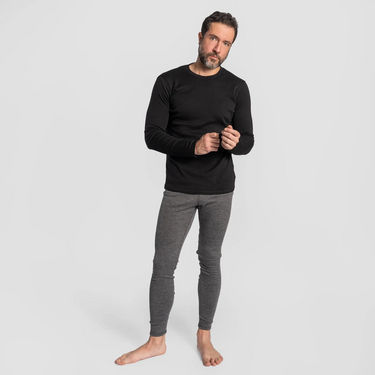Why Is Alpaca Wool Less Itchy Than Merino?
Published Apr 06, 2020 | Updated December 20, 2021
Merino wool clothing is already known for being one of the least itchy types of wool clothes. But what about alpaca wool? According to scientific researches, alpaca wool is less itchy than merino. Let's discover WHY.
There are several prickle-factors that indicate how itchy wool fabric is. But it's a good idea to also consider your own skin sensitivity because if you are a person with a very sensitive skin, you might perceive any type of wool as a bit itchy.

Why is Wool Itchy: The Prickle-Factors
Three factors can make wool fabrics feel itchy on the skin:
- Surface Scales on the Fiber
- Lanolin Content
- Fineness of the Fiber
1. Surface Scales on the Fiber

If you look at wool or hair under a microscope, you can see that the surface of each fiber isn’t completely smooth. Take a look at the photo of a sheep wool fiber below, taken through a microscope. You can see scales on the surface of the fiber which is what causes a prickly or itchy feeling when the wool touches the skin.

2. Lanolin in the Wool
Lanolin is a wax found especially in sheep wool, including merino. It is produced by pores in the sheep’s skin to lubricate each wool fiber as it grows and protect the animal from the elements.
Lanolin oil is extracted from wool to make cosmetics and skin care products used to treat dry skin and skin irritation.
However, this wax is what causes 'wool allergy' in a lot of people, provoking rashes and severe itchiness when it touches the skin.

3. Diameter of the Fiber
How fine or thick a fiber is influences how soft a garment made from it will feel. Fineness is determined by measuring the diameter of a fiber, which is done in microns (one thousandth of a millimeter).
The higher the micron number, the thicker the fiber is, and the more you will feel it against your skin. The finer the fiber, the softer it feels.

The higher the micron number, the thicker the fiber is, and the more you will feel it against your skin. The finer the fiber, the softer it feels.
- Merino wool fibers with diameters of 19-21 microns are usually used for outdoor apparel.
- Royal alpaca wool that Arms of Andes uses in garments is from 18 to 18.5 microns in diameter.
Try Out Our Alpaca Wool Outdoor Apparel
At Arms of Andes, we use 100% royal alpaca wool - one of the finest and softest types of wool - for our shirts, base layers, pants and accessories.

Alpaca Wool Fiber Classification And Softness
Just like there are different types of sheep wool, there are different types of alpaca wool and all of them feel different against the skin. The lower the micron count, the softer the alpaca wool feels and the higher the quality of the fiber.
- Royal (premium) alpaca: <19 microns
- Baby (super fine) alpaca: <23 microns
- Fine alpaca: <26 microns
- Medium alpaca: <30 microns
- Strong alpaca: >30 microns
Is Alpaca Wool Lanolin-Free?
Alpacas produce little or no lanolin. If there is any lanolin present in alpaca wool, it is naturally washed out during the cleaning process. The absence of lanolin is why alpaca wool is considered a hypoallergenic wool.
Although, merino wool is considered less itchy than other sheep wool, it is not because of its natural absence of lanolin. Merino is treated to remove the lanolin it contains, however, the process takes large amount of chemicals and water to remove this itchy wax.
Are Alpaca Fibers Smoother Than Merino?
Yes! One of the reason alpaca wool feels less itchy than any other type of wool is because of its smooth surface fiber scales.
The photo of a merino fiber shows more defined scales, occurring at smaller intervals and protruding quite significantly from the surface. Most people that wear merino wool it a bit itchy because the scales stick out of the surface and therefore irritate the skin.

MERINO FIBER
The alpaca fiber looks smoother as the scales are smaller, less defined and are flatter against the surface of the fiber, which is why they feel soft against the skin. However, because alpaca wool fibers do have scales, even though they are much smaller, if you have sensitive skin, you could potentially find it itchy.

ALPACA FIBER
To sum up, royal alpaca is less itchy than merino wool due to:

1. Smoother scales
Alpaca wool fibers have smoother scales that make it feel less itchy than merino.
2. Lanolin-free
Alpaca contains almost no lanolin and is considered hypoallergenic.
3. Super fine fibers
The softest fibers of Royal Alpaca Wool have a diameter of 18-18.5 microns.
Alpaca wool has all of the same technical properties, although it has a unique “semi-hollow” fiber structure (technically referred to as “partial medullation”), which gives it a performance boost. Individual alpaca fibers can vary greatly depending on where they are found on the alpaca’s body, the individual animal and the environmental conditions.










